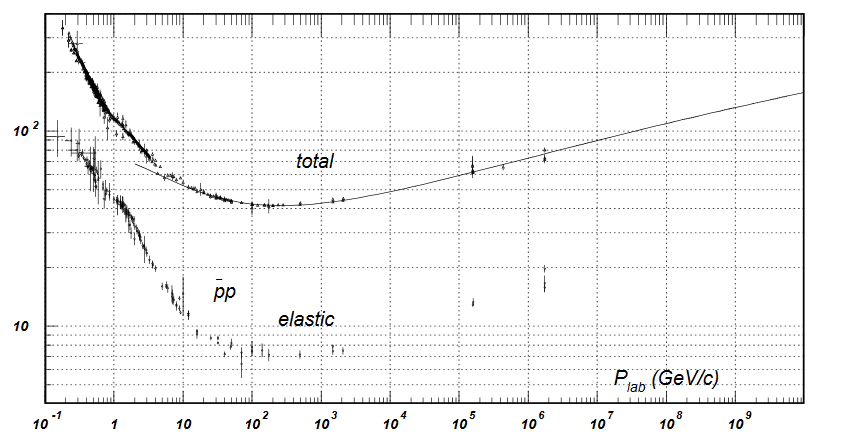You are describing a resonance in the scattering of protons on antiprotons. This is the measurement of the total crossection as found in the particle data group
No resonances are seen, so the answer is that no, there is no such resonance in the region of energy explored up to now, to go into the probability of its having an $e^+ e^-$ decay.
As an example let us take the Z boson which has a decay into three pairs of quarks, in principle, such pairs could form in the complicated phase space of the proton and antiproton, but they would have to be within the mass of the Z , in order to have a probability to decay only into an $e^+ e^-$ pair. The measured cross section reflects how improbable this is.
In contrast electron positron scattering has a large number of resonances.
which will have a decay channel into electron positron pairs.
This difference is not surprising, because protons and antiprotons are composite particles and their scattering products have to follow conservation of quantum numbers of their components, which happens by pairing quarks with antiquarks, at least three pairs. One pair could be a resonance from the $e^+e^-$ plot , decaying to electron positron, but there will be other products of the scattering.
As an example let us take the Z boson which has a decay into three pairs of quarks, in principle, such pairs could form in the complicated phase space of the proton and antiproton, but they would have to be within the mass of the Z , in order to have a probability to decay only into an $e^+ e^-$ pair. The measured cross section reflects how improbable this is.



